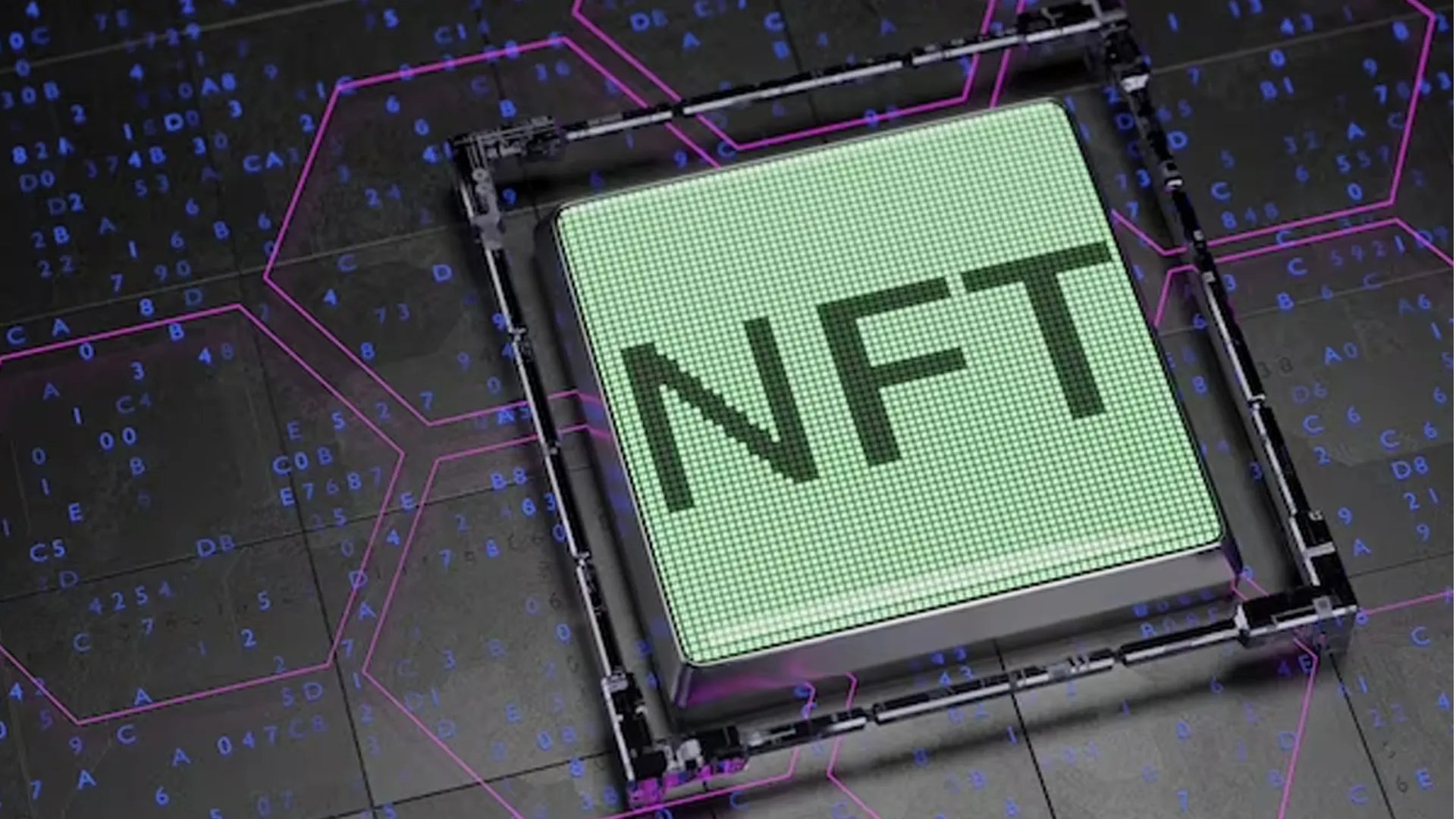
Autonomous non-fungible token (NFT): Introducing self-governance
- Autonomous NFTs are designed to perform and create transactions on their own.
- Various DeFi tools have already been rolled out to execute on-chain tasks automatically.
Autonomous Non-Fungible Tokens (aNFTs) automate the single action execution of transactions. They are programmed in such a way that they don’t need any third-party elements to perform or initiate interaction with the blockchain ecosystem. They provide custom logic to NFTs and unlock the vast potential of an on-chain system. Transactions in these types of non-fungible tokens are carried out autonomously and perform various tasks on behalf of their holders.
What is an Autonomous NFT?
NFTs have the potential to enhance interaction between Web3 users and decentralized network protocols. Autonomy helps to perform actions without any need for external motivation. Significantly, this method can provide users with an unbounded range of diverse activities by further integrating several decentralized applications (dApps). Autonomous non-fungible tokens are self-operated digital assets that can perform different tasks independently, avoiding human intervention. It inherits stimulus networks, such as the Autonomy Network (incentivized bot-like network), to perform interactions on the basis of predefined conditions. These NFTs are capable of transferring assets, including trade, purchase, and many more. NFTs can perform tasks on your behalf with potential use cases.
How do these NFTs Work?
Users can autonomously execute a single action like a decentralized finance (DeFi) swap or the consistent automated behavior of an autonomous NPC (NPC). After setting up an aNFT with a single action transaction, it becomes independent and doesn’t need human intervention at all.
Autonomy-based networks with automated functions (bots) ensure every request’s execution and further help to deploy an autonomous smart contract, or a NPC to change its state all day. DeFi tools like AutoSwap allow autonomous execution of a wide range of on-chain actions.
Traders don’t have to monitor their trades around the clock, as limit orders on decentralized exchanges (DEXs) and their shielded auto-liquidations on lending protocols get executed automatically. Thus, playing with an NPC is considered as directly fighting against a smart contract and the winning reward could be a token. It provides various leverages to the world of Web3 gaming.
Features of NFTs
NFTs can possess limitless capabilities. Like smart contracts, autonomous NFTs can create or execute transactions and perform arbitrary tasks under specific circumstances. These conditions can be related to on-chain and off-chain tasks that can unlock the doorway to wider integration of this technology across platforms, protocols, products, and services as well.
NFT can provide various use cases, such as:
- Voting rights or governance.
- Lending/borrowing for yield farming while providing leverage of liquidity.
- To create a better gaming or user experience, individuals can Play against the owner or NPC itself to gain rewards.
- It can upgrade its native algorithm as it consistently learns from its data interactions.
- The minting of NFTs helps to create a group of helping hands to perform tasks on your behalf around the clock.
Final Words
These features can have huge impacts on human interaction with blockchain technology and enhance its use broadly. NFTs are assumed to disrupt traditional non-fungible tokens (NFTs) along with other segments of decentralized networks such as DeFi, trading, sending messages and many more. Because of their autonomy, they are designed to work all day long under any conditions on behalf of their holders. Meanwhile, token holders can perform other tasks and harness the benefits.



